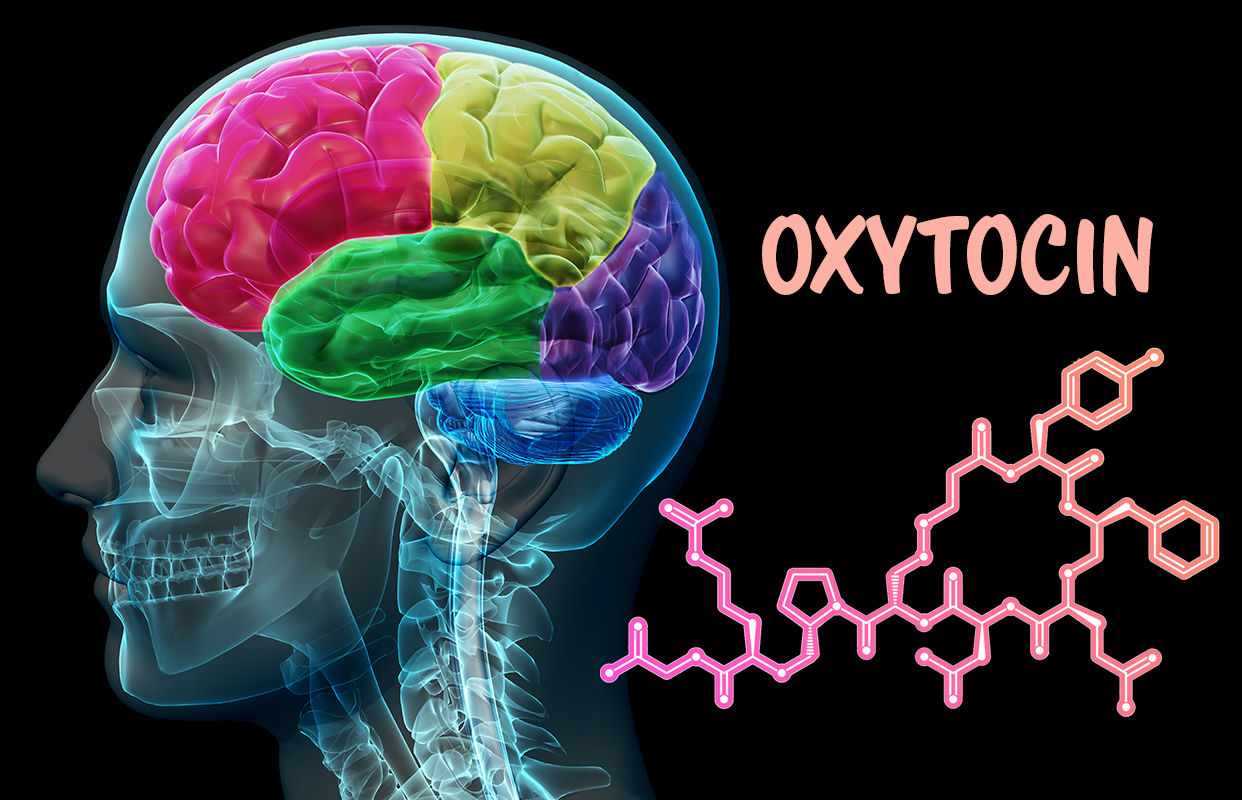It is a neurohypophysial peptide, which means it has nine amino acids, making it a nonapeptide. Oxt is another name for it. Experts can use one or more neurotransmitters to control different populations inside neurons in the brain of animal research subjects to modulate their activity. C43H66N12O12S2 is the chemical formula for this compound, with a molecular weight of 1007.19.
In a Nutshell: Oxytocin
The hypothalamus, the brain section that connects the endocrine system to the neurological system through the pituitary gland, has been shown to generate Oxytocin in scientific studies with animal test subjects. The posterior pituitary gland, a pea-sized gland in the hypothalamus at the brain’s base, regulates and controls a slew of system-related processes, including metabolism, pain alleviation, and sexual organ regulation, also stores and secretes the peptide.
The OXT gene uses the peptide as a non-active precursor protein to process the full-length protein. Neurophysin I, an oxytocin carrier protein, is included in this protein. Scientists also discovered that it is hydrolyzed into smaller fragments by a sequence of enzymes. In the final hydrolysis step, peptidyl glycine alpha-amidating monooxygenase synthesizes oxytocin nonapeptide.
Neurosecretory cells in the supraoptic and paraventricular nuclei have shown the potential to produce the peptide. The pituitary gland releases the hormone into the bloodstream once it has been effectively stored in Herring bodies at the axon terminals of the posterior pituitary. There are oxytocin receptors in the nucleus accumbens, the basal forebrain region just rostral to the hypothalamus’s preoptic area, where the axons that release the peptides come. The nucleus accumbens controls behaviors like reward, reinforcement, fear, and aggressiveness. The peptide’s effects on the brain’s peripheral hormones and behavior have been believed to occur via the joint release of the axons. Neurons express oxytocin receptors in various brain and spinal cord regions, including the amygdala, septum, brainstem, and ventromedial hypothalamus.
According to scientific research based on animals as test subjects, oxytocin peptide for sale comes in giant, dense-core cysts in the pituitary gland where it connects to neurophysin I. The electrical activity of the oxytocin cells in the hypothalamus seems to influence the actual release of the peptide from the neurosecretory nerve terminals. Axons that emerge from these specific cells’ action potentials reach the pituitary nerve’s terminals. Once the nerve terminals depolarize, oxytocin-containing vesicles release due to exocytosis from these endings.
Involvement of Oxytocin in the Brain
Research on animal subjects has shown that the pituitary gland’s Oxytocin cannot return to the brain once produced. This fact suggests that the real behavioral consequences associated with Oxytocin’s presence arise from release from oxytocin neurons that originate in the central nervous system and not those that develop in the pituitary gland.
The process of sexual arousal is one of the behaviors that link to the presence of Oxytocin. A peptide that scientists have introduced into the cerebral fluid of male laboratory rats has resulted in spontaneous erections in the animals. On the other hand, researchers have shown that injecting the peptide into female rats increased their lordosis behavior, indicating an increase in sexual receptivity.
Various attachment-related behaviors, like bonding and maternal behavior, have also been connected to the presence of the peptide. According to scientific research done on test animals, animal studies have indicated that inhibiting the peptide in postpartum females does not result in the expected behaviors usually associated with maternal activities. Comparative investigations have shown that a higher dose of peptide stimulated maternal behavior in the test animals.


